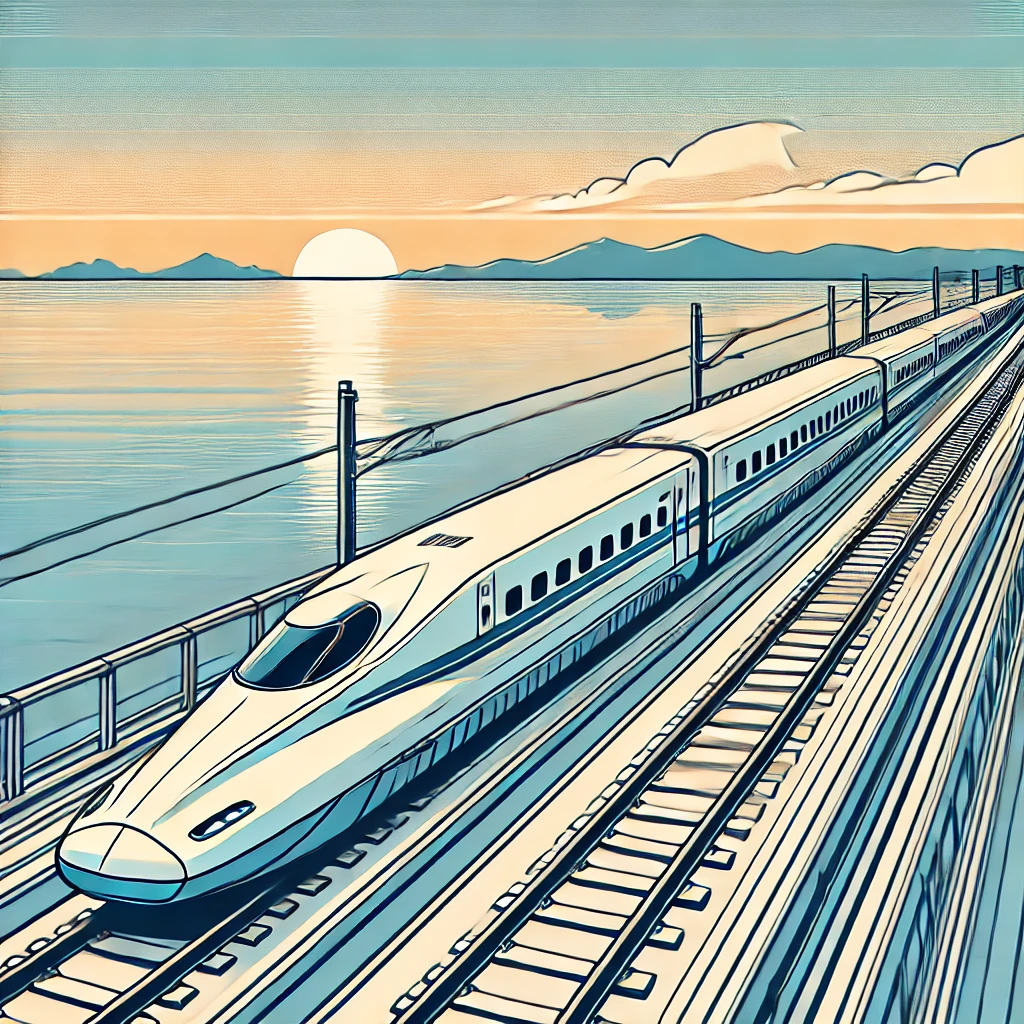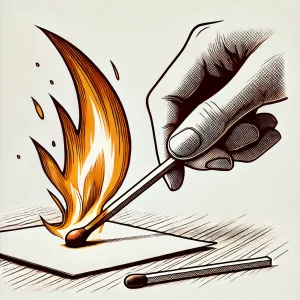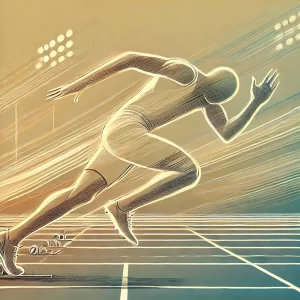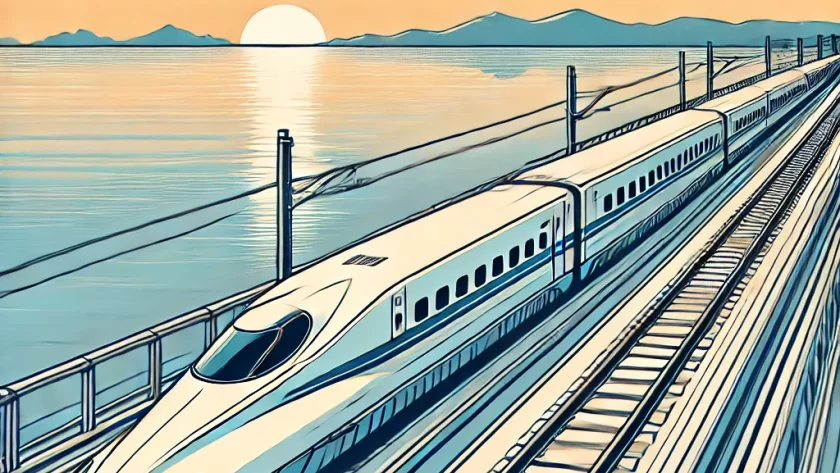RIDE ON TIME [RIDE ON TIME]
山下達郎 [YAMASHITA Tatsurō]
Words & Music : 山下達郎 [YAMASHITA Tatsurō]
YouTube Search “Ride on Time – Tatsuro Yamashita”
Tatsurō Yamashita is the husband of Mariya Takeuchi, who sang “Plastic Love“, the first song featured on this Words in Japanese Song blog. He also arranged that song. You could say he is one of the key figures behind the boom of Vaporwave and City Pop.
“Ride on Time” is Tatsurō Yamashita’s sixth single, released in 1980, and it was his first commercially successful song. It was written as the tie-in song for a TV commercial for Maxell cassette tapes. In 2003, it was used as the theme song for a TV drama about airplane pilots.
青い水平線を いま駆け抜けてく
aoi suiheisen o ima kakenuketeku
とぎすまされた 時の流れ感じて
togisumasareta toki no nagare kanjite
- 青い(あおい) [aoi] : blue
- 水平線(すいへいせん) [suiheisen] : horizon
- 今(いま) [ima] : now
- 駆け抜ける(かけぬける) [kakenukeru] : run through
- 研ぎ澄ます(とぎすます) [togisumasu] : sharpen
- 時(とき) [toki] : time
- 流れ(ながれ) [nagare] : flow
- 感じる(かんじる) [kanjiru] : feel
(translation) “Running through the blue horizon now,
I feel the sharpened flow of time.”
“水平線 / suiheisen” refers to the line that forms the boundary between the sea and the sky, distinguishing it from “地平線 / chiheisen,” which denotes the boundary between the land and the sky.
アアときめきへと 動き出す世界は
aa tokimeki e to ugokidasu sekai wa
忘れかけてた 遠い夢の訪れ
wasurekaketeta tōi yume no otozure
- ときめき [tokimeki] : excitement
- 動きだす(うごきだす) [ugokidasu] : start to move
- 世界(せかい) [sekai] : world
- 忘れる(わすれる) [wasureru] : forget
- 遠い(とおい) [tōi] : distant
- 夢(ゆめ) [yume] : dream
- 訪れ(おとずれ) [otozure] : arrival
(translation) “The world begins to move toward excitement,
as the distant dream I almost forgot arrives.”
Ride On Time さまよう想いなら
ride on time samayou omoi nara
やさしく受け止めて そっと包んで
yasashiku uketomete sotto tsutsunde
- さまよう [samayou] : wander
- 思い・想い(おもい) [omoi] : thought
- やさしく [yasashiku] : gently
- 受け止める(うけとめる) [uketomeru] : accept
- そっと [sotto] : softly
- 包む(つつむ) [tsutsumu] : wrap
(translation)”Ride On Time, if your thoughts are wandering,
gently accept them and wrap them softly.”
“Ride on time” likely conveys the idea of going with the flow of time or moving forward without missing the moment.
Additionally, “on time” means something like punctual, and Japan’s trains and other forms of public transportation are famous for arriving almost perfectly on time.

Ride On Time 心に火を点けて
ride on time kokoro ni hi o tsukete
あふれる喜びに 拡がれ Ride On Time
afureru yorokobi ni hirogare ride on time
- 心(こころ) [kokoro] : heart
- 火をつける(ひをつける) [hi o tsukeru] : light a fire
- あふれる [afureru] : overflow
- 喜び(よろこび) [yorokobi] : joy
- 広がる(ひろがる) [hirogaru] : spread
(translation) “Ride on time, light a fire in your heart,
let the overflowing joy spread, ride on time.”
The phrase “火をつける / hi o tsukeru” can mean to spark or ignite an incident or event, as well as to stimulate and heighten emotions. The Japanese title of The Doors’ “Light My Fire” is translated as “ハートに火をつけて / Heart ni Hi o Tsukete.”

僕の輝く未来 さあ回りハジメて
boku no kagayaku mirai sā mawari hajimete
虚ろな日々も全て愛に溶け込む
utsuro na hibi mo subete ai ni tokekomu
- 僕(ぼく) [boku] : I
- 輝く(かがやく) [kagayaku] : shine
- 未来(みらい) [mirai] : future
- 回り始める(まわりはじめる) [mawari hajimeru] : start to turn
- うつろ [utsuro] : empty
- 日々(ひび) [hibi] : days
- 全て(すべて) [subete] : everything
- 愛(あい) [ai] : love
- 溶け込む(とけこむ) [tokekomu] : melt into
(translation) “My shining future begins to turn,
as all the empty days melt into love.”
アア何という朝 今すぐ君のもと
aa nantoiu asa ima sugu kimi no moto
届けに行こう 燃える心迷わず
todoke ni ikō moeru kokoro mayowazu
- なんという [nantoiu] : what a
- 朝(あさ) [asa] : morning
- すぐ [sugu] : immediately
- 君(きみ) [kimi] : you
- もと [moto] : presence
- 届ける(とどける) [todokeru] : deliver
- 行く(いく) [iku] : go
- 燃える(もえる) [moeru] : burn
- 迷う(まよう) [mayou] : hesitate
(translation) “What a morning! I’ll go to your side immediately,
delivering my burning heart without hesitation.”
Ride On Time 時よ走り出せ
ride on time toki yo hashiridase
愛よ光り出せ 目もくらむ程
ai yo hikaridase me mo kuramu hodo
- 走りだす(はしりだす) [hashiridasu] : start to run
- 愛(あい) [ai] : love
- 光りだす(ひかりだす) [hikaridasu] : start to shine
- 目がくらむ(めがくらむ) [me ga kuramu] : dazzle
- 程(ほど) [hodo] : to the extent
(translation) “Ride on time, time, start running. Love,
start shining to the point of dazzling.”
In this song’s lyrics, the word “..だす / ..dasu” is frequently used, adding the meaning of “beginning” as in “ugoku | ugokidasu” (move | start to move) or “hashiru | hashiridasu” (run | start to run). It’s a perfect verb for expressing the movement of time in “Ride on Time”.

Ride On Time 心に火を点けて
ride on time kokoro ni hi o tsukete
飛び立つ魂に送るよ Ride On Time
tobitatsu tamashī ni okuru yo ride on time
- 飛び立つ(とびたつ) [tobitatsu] : take off
- 魂(たましい) [tamashī] : soul
- 送る(おくる) [okuru] : send
(translation) “Ride on time, light a fire in your heart.
Send it to the soul that’s taking off, ride on time.”
届けに行こう 燃える心今こそ
todoke ni ikō moeru kokoro ima koso
- 今こそ(いまこそ) [ima koso] : now more than ever
(translation) “Let’s go deliver it, my burning heart, now more than ever.”
Tatsurō Yamashita hates the internet, so he doesn’t offer his music on streaming services, but you can listen to some of it on his official YouTube channel YT. He loves old analog media like vinyl records and cassette tapes.
For those who use Spotify, here’s a link to Noriyuki Makihara’s cover version.
Thanks for reading! Feel free to comment if you have any feedback or questions.
Follow me on X.



